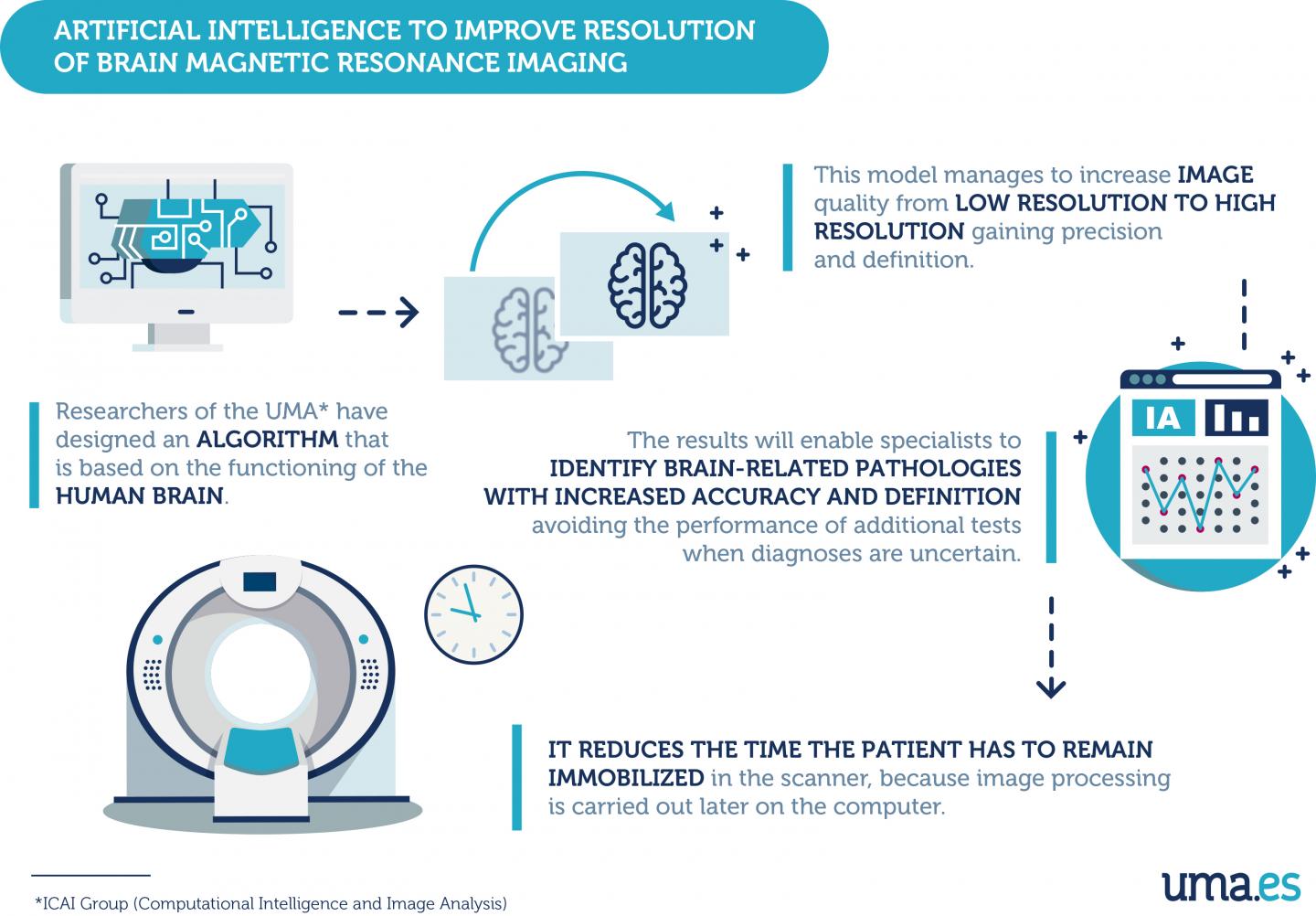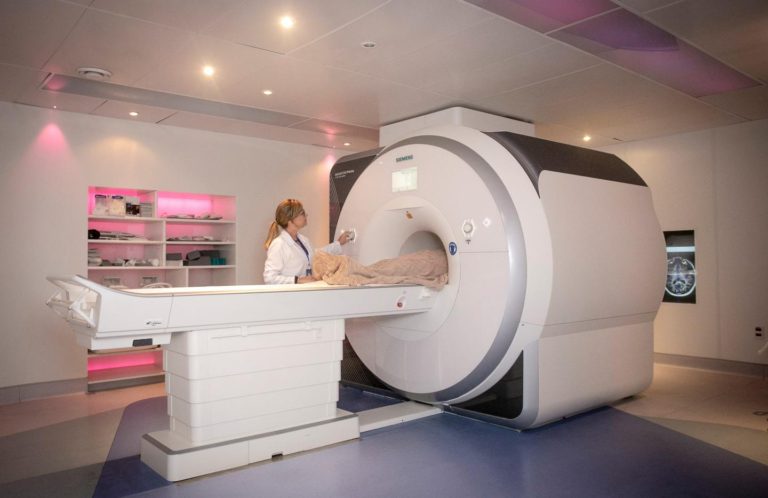Size or sector aside, running a successful business is no easy feat. With so many organizational aspects to consider and such little time, streamlining your internal processes is essential.
While there are a wealth of organizational tools available in the digital age, without adopting the right mindset and developing a sustainable strategy to foster efficiency in all areas of your business, even the best digital tools will be of little use.
Studies show that increased organization boosts productivity. That said, if you take measures to streamline your most cumbersome internal processes, you will catalyze the success of your business, significantly.
To help you on your quest to become more efficient and as a result more productive, here are three key approaches to consider.
Analyze your existing workflow & set your business goals
To create a cohesive business ecosystem, it’s crucial to build solid organizational foundations.
Start by gathering senior members of your team in a collaborative environment. Look at every aspect of the business, drilling down into the functions of each department, one at a time. Doing so will give you a deeper insight into your workflow, allowing you to identify any potential inefficiencies in terms of process and cross-departmental communication.
Armed with this newfound information, you will be able to set (or realign) your core business goals based on definitive key performance indicators (KPIs).
For instance, if one of your primary goals is to make your sales and marketing department more collaborative, thereby boosting productivity by 10% in two months, you might decide to hold regular cross-departmental workshops while leveraging a digital project management platform.
Putting your workload under a microscope and setting clearcut business goals will provide you with more strategic direction, empowering your team to make informed decisions that will ultimately streamline the business for ongoing success.
Prioritize your processes & document your discoveries
Once you’ve analyzed your workload, set your business objectives, and developed a mix of potential ideas to streamline your internal affairs, you will need to prioritize your processes, documenting your ideas or solutions while you work.
Drill down deep into your business goals as well as their associated KPIs, and create a hierarchy to prioritize the areas of the organization that you feel need the most attention.
Developing a hierarchical list will help you to form a strategy to streamline every vital aspect of your business while managing your existing commitments and workload. This sure but steady approach will ensure that the initiatives you put in place are sustainable long term practices rather than short term solutions.
Moreover, prioritizing your workload methodically will give you the insight you need to understand which areas of internal operation that you can automate.
Automation software is invaluable to businesses across industries as it reduces the level of labor-intensive tasks you will have to undertake which in turn, will boost your overall output.
Manage your talent effectively
Your employees are the lifeblood of your organization. If motivation and engagement levels dwindle among your top talent, your business will suffer. And, often, employees become disengaged due to poor organizational structure. That said, to streamline your business and improve organizational efficiency across the board, managing your staff effectively is paramount.
By leveraging scheduling software to manage your employees, you will be able to create water-tight schedules that are intuitive as well as easy to understand. Robust scheduling software also gives everyone within the organization access to the information that will empower them to manage their time better, assisting individual performance in the process.
By automating aspects of your employee management and time scheduling processes through utilizing tools that will help you make vital improvements to your rotas, leave management initiatives, and more, you will see significant improvements to the efficiency of your business.
“Management is, above all, a practice where art, science, and craft meet.”— Henry Mintzberg
It’s clear: if you take the time to examine your existing processes without bias, lay solid organizational foundations, prioritize your plans, and leverage the power of digital technology, you will be able to streamline your business in a way that enhances productivity while empowering you to evolve your business on a sustainable basis.
For guidance on how to fortify your business against the rising threat of cybercrime, read our guide to the power of remediating vulnerabilities in real-time.
















